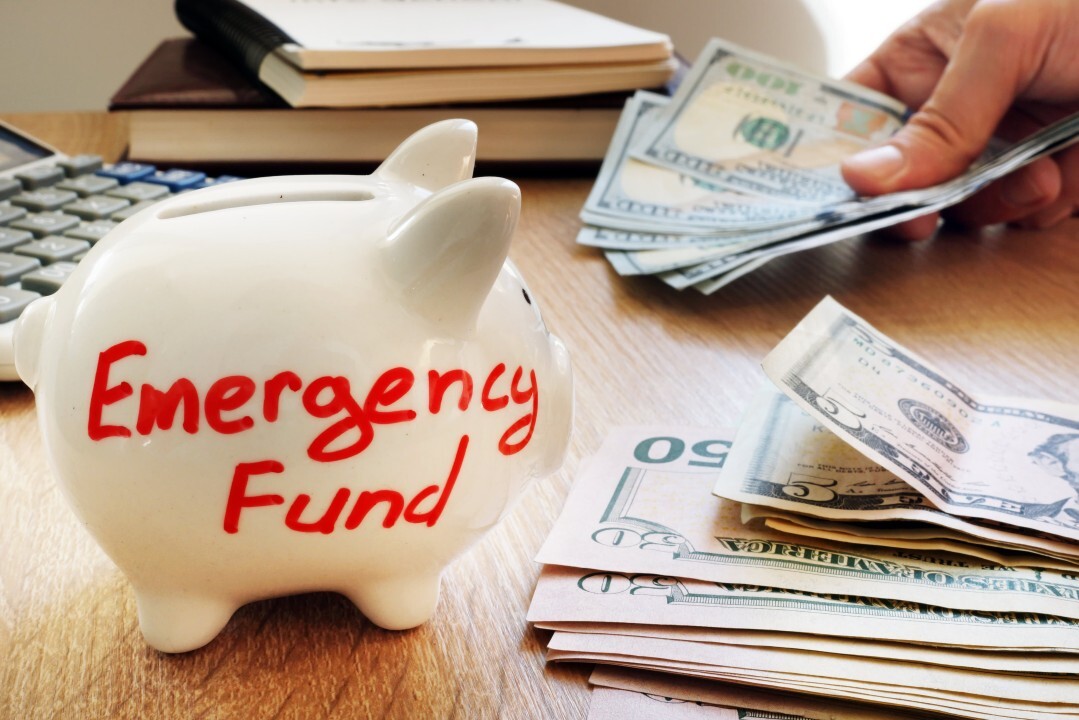In today’s uncertain times, having a robust financial plan in place is crucial to weather unforeseen emergencies. One of the key components of a solid financial strategy is having a savings account that can act as a safety net during health crises. In this article, we will explore the importance of using a savings account for health emergencies and how a digital savings account can enhance your financial resilience.
Understanding the Role of a Savings Account
A savings account is a secure way to set aside funds for future use while earning interest on your balance. Unlike checking accounts, savings accounts typically have higher interest rates, making them an ideal choice for long-term financial goals. By regularly depositing money into your saving account, you can accumulate a substantial amount over time to cover unforeseen expenses, such as medical emergencies.
The Benefits of Using a Digital Savings Account
In today’s digital age, traditional brick-and-mortar banks are no longer the only option for managing your finances. Digital savings accounts offer convenience, flexibility, and higher interest rates compared to traditional savings accounts. With just a few clicks, you can open a digital savings account, set up automatic transfers, and track your savings goals in real-time.
Digital savings accounts also provide advanced security features to protect your funds from unauthorized access. By using encryption technology and multi-factor authentication, digital banks ensure that your money is safe and secure at all times. Additionally, digital savings accounts often have lower fees and minimum balance requirements, making them a cost-effective option for building your financial resilience.
Maximizing Your Savings with a High Interest Rate
When selecting a savings account for health emergencies, it is essential to consider the interest rate offered by the financial institution. A higher savings account interest rate means that your savings will grow faster over time, allowing you to build a more substantial emergency fund. Before opening a savings account, compare the interest rates offered by different banks and choose the one that provides the best return on your investment.
By regularly depositing money into your savings account and taking advantage of compounding interest, you can maximize your savings and prepare for any health emergencies that may arise. In the event of a medical crisis, having a well-funded savings account can provide peace of mind and financial stability during challenging times.
Setting Financial Goals for Health Emergencies
To build financial resilience and protect yourself against health emergencies, it is essential to set clear financial goals and regularly monitor your progress. Start by determining how much money you need to cover medical expenses, including co-pays, deductibles, and unexpected costs. Calculate how much you need to save each month to reach your target amount within a reasonable timeframe.
Automate your savings by setting up automatic transfers from your checking account to your savings account on a regular basis. By treating your savings like a monthly expense, you can ensure that you consistently contribute to your emergency fund without having to think about it. Monitor your savings progress regularly and adjust your contribution amount as needed to stay on track towards achieving your financial goals.
